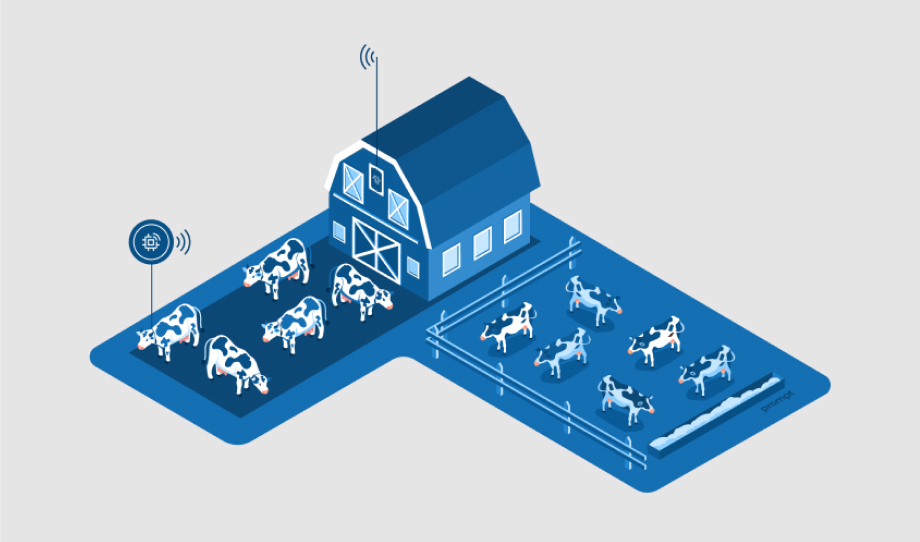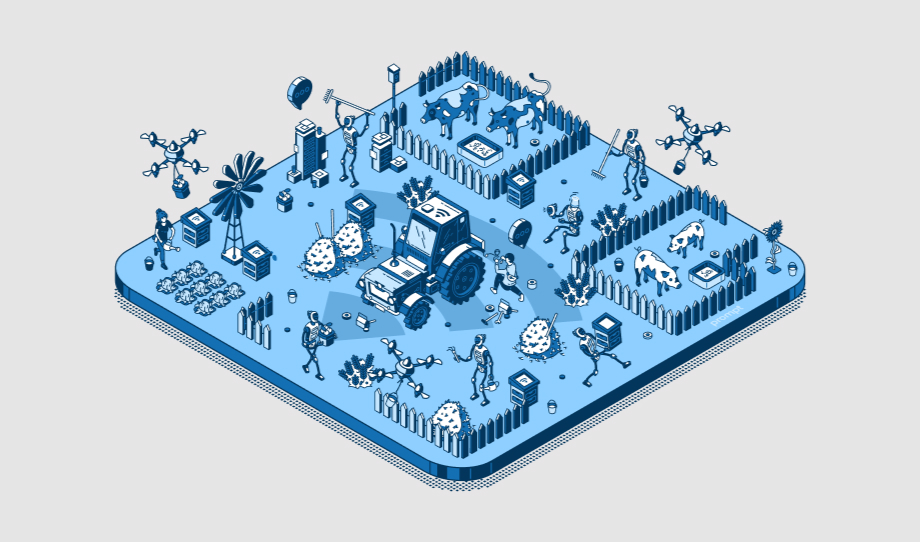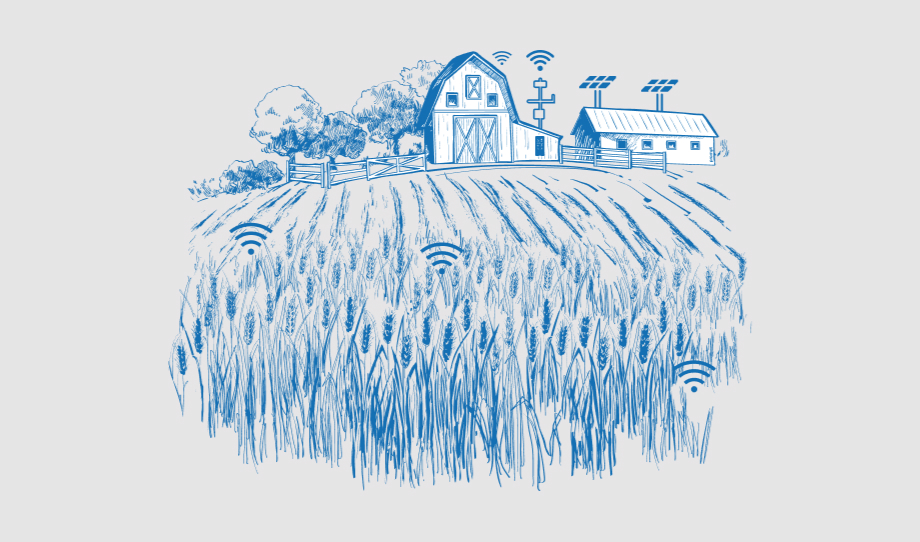IoT-Enabled Livestock Management: A Smart and Sustainable Approach
Food is a basic need for every living being, and the importance of the agriculture industry…
How will Smart Farming decide the Future of Agriculture?
Today, farmers are facing more pressure than ever before. Demand for food is growing as the…
How Bioengineering and IoT can Increase Agricultural Production?
Today, the Internet of Things is involved in almost everything, which means it is becoming part…






